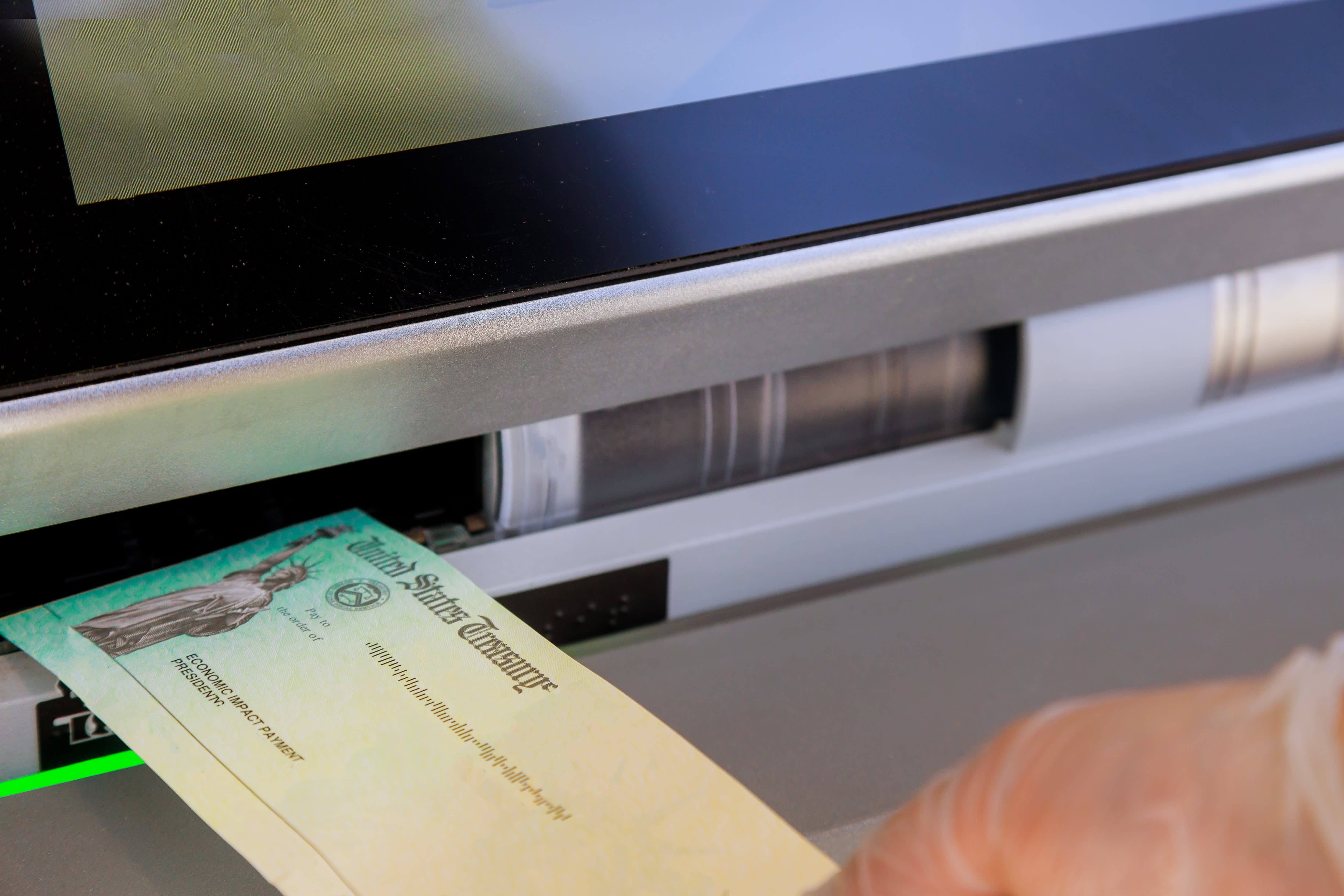After months of failed negotiations, lawmakers have finally agreed to a new $900 billion coronavirus relief package.
Congressional leaders have not yet released text of the more than $2 trillion legislation — which will include broader government spending measures — but the pandemic recovery bill was set to include direct payments of up to $600 to eligible adults, plus $600 per child dependent.
While the adult benefit would be half the size of the first stimulus check, the amount earmarked for qualifying dependents was raised by $100.
Wondering whether you qualify? Here’s what you need to know.
Who’s eligible
Under the new Covid relief package, at the full benefit amount, a family of four could potentially receive $2,400, though the income criteria for the second stimulus check have not yet been released.
However, if it follows the same structure as the March CARES Act, those qualifying for a full stimulus payment include individuals earning up to $75,000, or $112,500 as head of household and $150,000 as a married couple filing jointly. For every $100 earned over these income thresholds, payments are reduced by $5, up to a specified maximum income.
However, it is worth noting that the CARES Act checks were worth twice as much, so it is not yet clear how the $600 checks will be phased out.
When you’ll get it
First in line will likely be individuals who already have their direct payment information on file with the IRS.
Within two weeks of the CARES Act going into effect in March, more than 81 million payments were disbursed, totaling more than $147 billion, all through electronic transfers to recipients’ bank accounts, according to the Government Accountability Office.
“I was surprised last spring at how rapidly the Treasury Department was able to roll out the economic impact payments,” said Janet Holtzblatt, senior fellow at the Urban-Brookings Tax Policy Center.
Treasury Secretary Steven Mnuchin has already promised a similarly aggressive timeline, saying that he could start processing checks as soon as the legislation passes.
“I can get out 50 million payments really quickly. A lot of it into people’s direct accounts,” Mnuchin previously said in August.
That includes those who signed up to receive a refund by direct deposit when filing their 2018 and/or 2019 taxes, and it may also extend to the 14 million people who previously registered their details via two new online tools the IRS built this spring to collect banking and contact information.
The Treasury did not respond to CNBC’s request for comment as to whether previously captured banking information would be reused, should there be a second round of stimulus checks.
If the qualifications for compensation remain the same as those outlined in the CARES Act, many individuals who receive Social Security or Supplemental Security Income (SSI) benefits will also be eligible for full rebates.
But how fast that money is received is largely dependent on whether the recipient already uses direct deposit for their monthly benefit payment. If they do, the stimulus cash will likely be credited to their account automatically.
If Social Security benefits are sent by mail, however, a longer wait is expected.
For those who are eligible for a stimulus payment but have not shared their bank account details with the IRS, they can expect to instead receive a paper check or a prepaid debit card.
The Treasury has the capacity to deliver five to seven million paper checks a week, in addition to checks for other federal programs. IRS and Treasury could again prioritize the mailing of the second stimulus checks to the country’s lowest-income earners, starting with individuals making less than $20,000 per year.
Still no $1,200 stimulus check?
Keep in mind, there are still people waiting for all or part of their first Covid relief payment. Tax experts say it is not too late to request that cash.
“They can get the stimulus payment they are eligible for in the form of a Recovery Rebate Credit when they file their 2020 taxes,” said Lisa Greene-Lewis, certified public accountant and TurboTax expert.
The payments included up to $1,200 per individual or $2,400 per married couple, plus $500 per child under 17. The tax credit would either lower the amount of tax you need to pay, or increase the value of your tax refund.
The easiest way for a taxpayer to get a stimulus payment, or additional payment — if they are, in fact, due more — is to apply on their 2020 tax return, explained Mark Steber, chief tax officer for Jackson Hewitt Tax Services.
“There will be a schedule and line on the tax return to reconcile what they have received so far, and the amount actually due to them based on their 2020 tax return,” continued Steber.
The IRS says that eligible individuals can claim the Recovery Rebate Credit on their 2020 Form 1040 or 1040-SR. These forms can also be used by people who are not normally required to file tax returns but are eligible for the credit.
For those concerned about how this might complicate the filing process this year, Greene-Lewis tells filers not to worry because automated tax preparation software will factor this in for you.
“TurboTax has guidance related to stimulus payments and other impacts of Covid-19,” explained Greene-Lewis. “It will ask up front if the filer received a stimulus payment and then calculate the Recovery Rebate Credit based on actual 2020 income.”
Whatever your circumstances, tax experts agree that filing early will be an especially good idea this year.
SIGN UP: Money 101 is an 8-week learning course to financial freedom, delivered weekly to your inbox.
Disclosure: NBCUniversal and Comcast Ventures are investors in Acorns.
